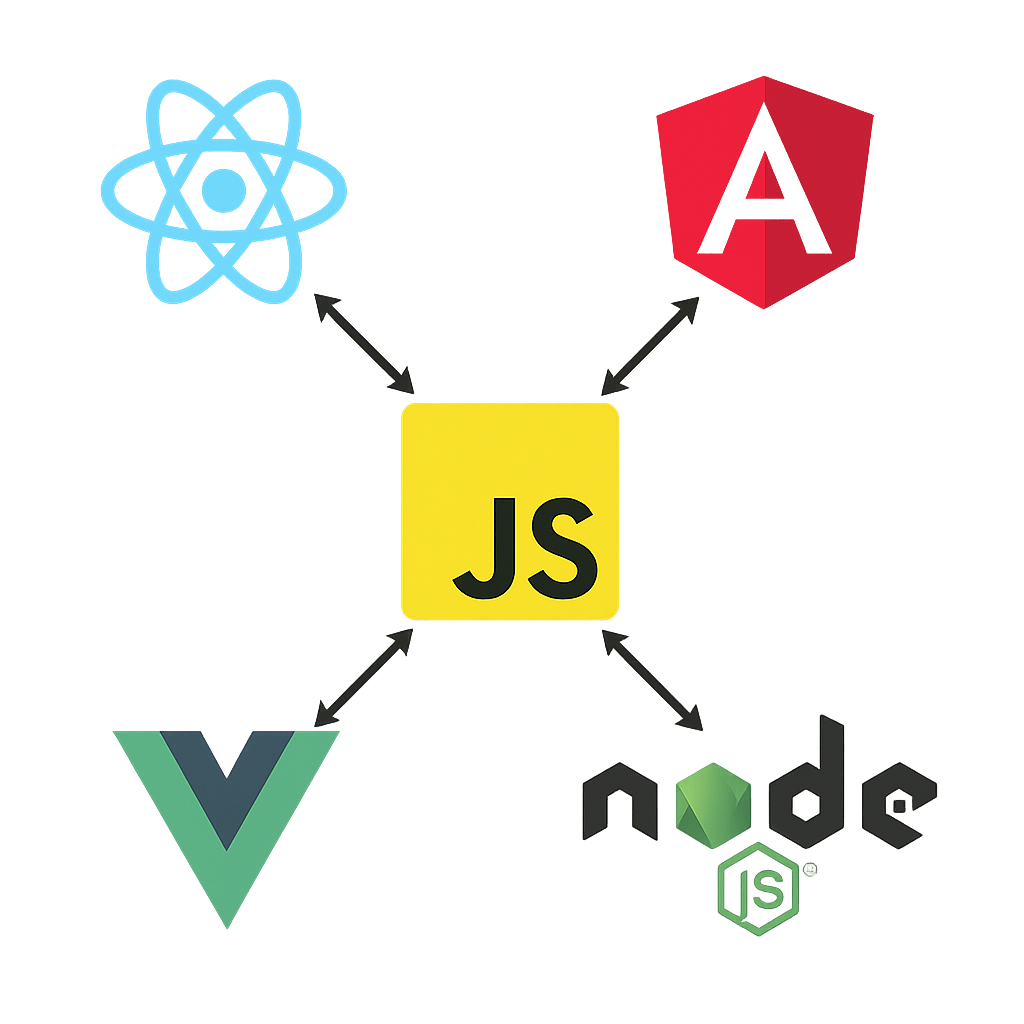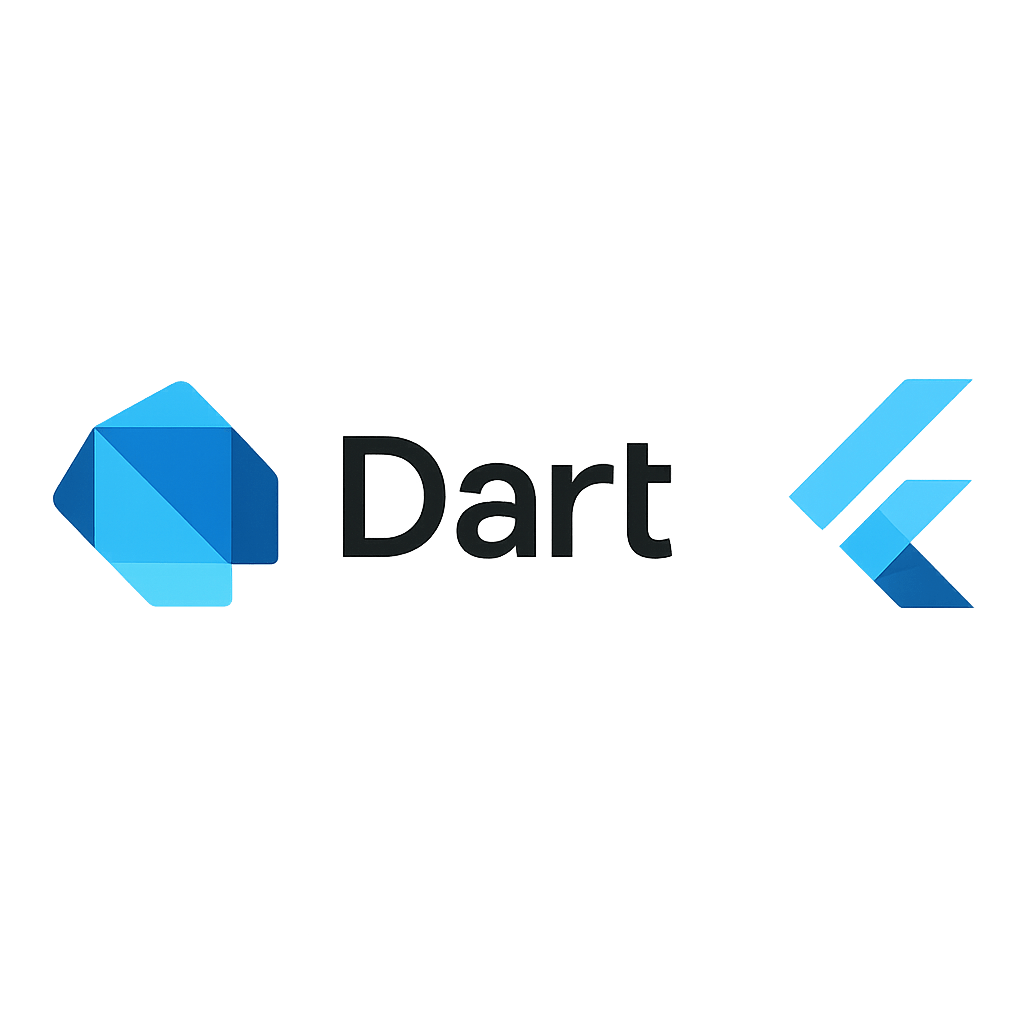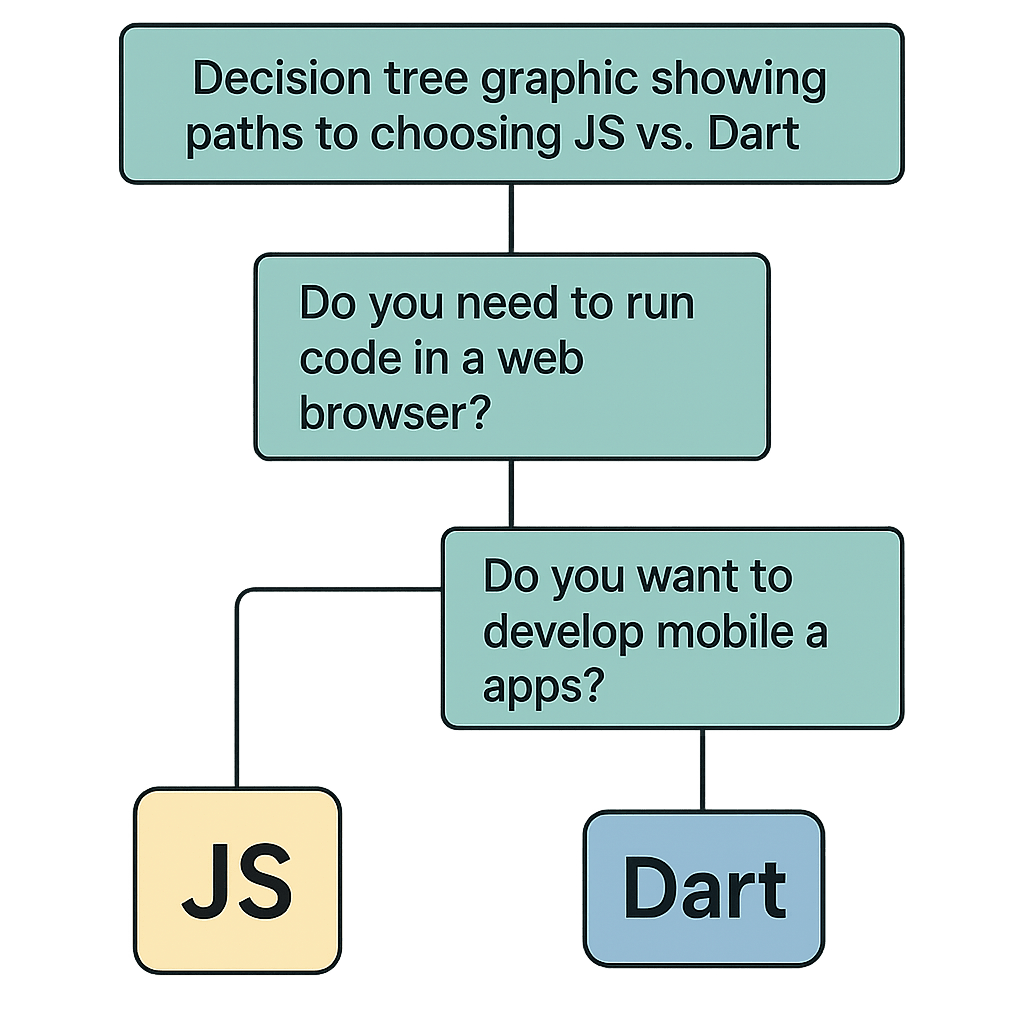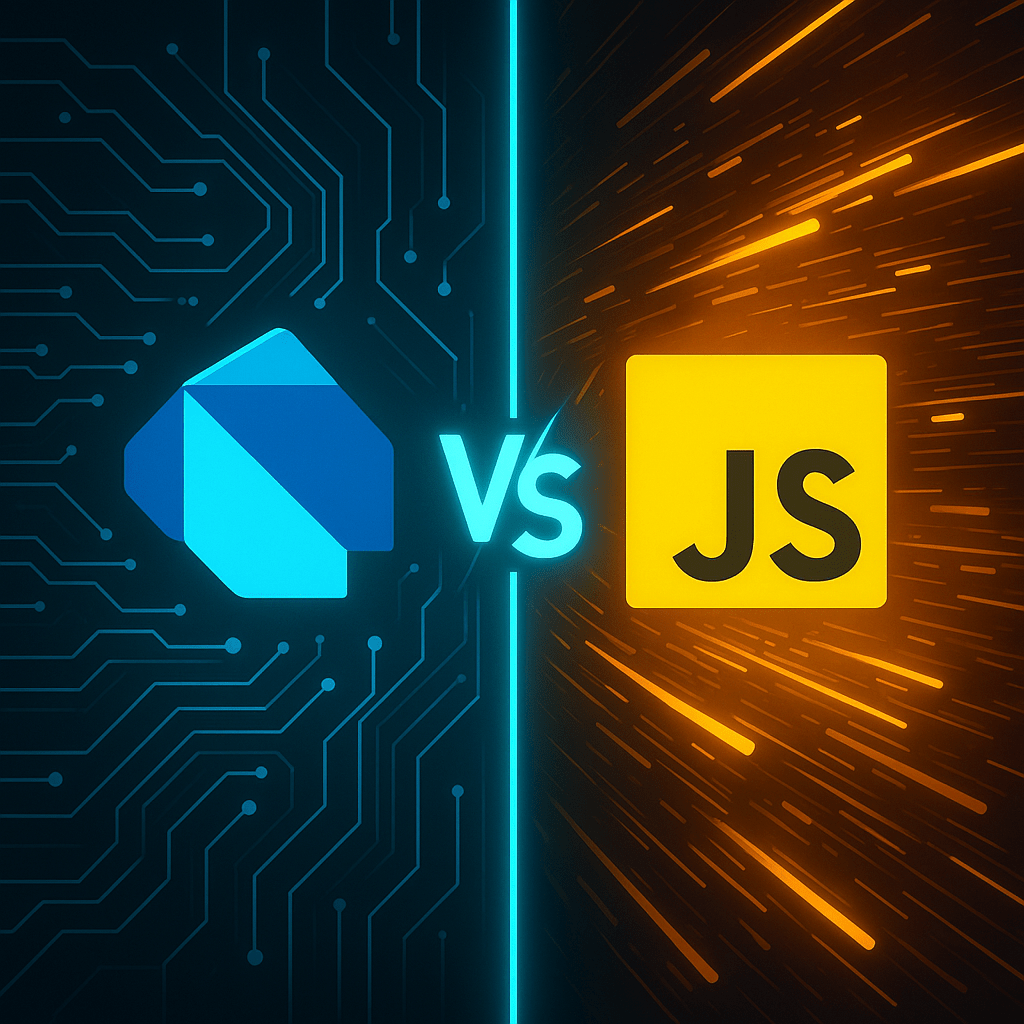The Ubiquitous Standard: Understanding JavaScript’s Role
JavaScript is the undisputed king of web development, a cornerstone technology that has powered the interactive web for decades. Its journey from a simple scripting language to a versatile powerhouse is remarkable. It runs natively in every modern web browser, making it the default choice for client-side logic. The rise of Node.js extended its reach to the server-side, creating a unified, full-stack development environment. This ubiquity has fostered an unparalleled ecosystem. Frameworks like React, Angular, and Vue.js dominate front-end development, offering structured ways to build complex user interfaces. According to the Stack Overflow 2023 Developer Survey, JavaScript remains the most commonly used programming language for the eleventh consecutive year, with 63.61% of developers using it. This massive community support means an endless supply of libraries, tutorials, and solutions to nearly any problem a developer might face. However, its original design as a dynamically typed language can sometimes be a double-edged sword, offering flexibility at the potential cost of runtime errors that could be caught earlier in development. For those starting out, understanding the fundamentals is key, and exploring JavaScript Best Practices for Beginners can set a strong foundation.

The Challenger from Google: What is Dart?
Emerging from Google, Dart was designed to be a “client-optimized language for fast apps on any platform.” Initially seen as a potential JavaScript replacement, its trajectory shifted significantly with the introduction of the Flutter framework. Today, Dart’s primary role is as the language powering Flutter, which enables developers to build beautiful, natively compiled applications for mobile, web, and desktop from a single codebase. This is its killer feature. Dart is a modern, object-oriented language that incorporates many features developers love, such as a robust statically typed system with sound null safety. This means the type system is reliable, and the compiler can prevent null pointer exceptions, a common source of bugs in other languages. Its flexible compilation strategy, offering both Just-in-Time (JIT) for development and Ahead-of-Time (AOT) for production, provides an excellent developer experience and high-performance applications. While its community is smaller than JavaScript’s, it’s passionate, growing rapidly, and strongly supported by Google. If you’re new to the language, Getting Started with Dart is the perfect place to begin your journey.

Head-to-Head Comparison
Performance and Compilation
When comparing performance, the compilation model is a key differentiator. JavaScript is traditionally an interpreted language, though modern browser engines use sophisticated Just-in-Time (JIT) compilers to optimize code execution on the fly. This makes it very fast for most web tasks. Dart, however, offers a dual approach. During development, it uses a JIT compiler, which is the magic behind Flutter’s popular Stateful Hot Reload feature, allowing developers to see changes in their app instantly. For production, Dart compiles Ahead-of-Time (AOT) to native machine code. This can lead to faster startup times and more consistently predictable performance, as the optimization work is done before the app ever runs.
Typing System
On the topic of typing, the contrast is stark. JavaScript is dynamically typed, meaning variable types are checked at runtime. This offers great flexibility but can lead to errors that only surface during execution. To combat this, the community widely adopted TypeScript, a superset of JavaScript that adds static types. Many developers consider TypeScript essential for large-scale application development, and you can learn more about it in resources from the official TypeScript website. Dart, on the other hand, was built from the ground up with static typing and sound null safety. Type errors are caught during compilation, not by your users, leading to more robust and maintainable codebases, especially as projects scale in complexity.
Ecosystem and Community
The ecosystem is where JavaScript’s age and dominance truly shine. Its package manager, npm (Node Package Manager), is the largest software registry in the world, offering a library for virtually any conceivable task. This vast selection is both a strength and a potential weakness, as navigating quality and security can be a challenge. JavaScript tooling is incredibly diverse but can also be fragmented, often requiring developers to manually configure linters, bundlers, and transpilers, a phenomenon sometimes called “JavaScript fatigue.” Dart’s ecosystem, centered around its package manager Pub.dev, is smaller but well-curated and growing steadily. The tooling experience is a major selling point. Dart comes with a comprehensive, built-in set of tools that handle formatting, analyzing, and building projects. When used with Flutter and an IDE like VS Code or Android Studio, the developer experience is exceptionally smooth and integrated. Features like the aforementioned hot reload are deeply embedded, making the development cycle fast and enjoyable.
| Feature | JavaScript (via npm) | Dart (via Pub.dev) |
|---|---|---|
| Package Count | 2.1+ Million | 40,000+ |
| Primary Use | General web, server, and tooling | Flutter apps, general-purpose |
| Backing | Broad open-source community | Google and open-source community |
Tooling and Developer Experience
The developer experience can be subjective, but there are clear philosophical differences. The JavaScript ecosystem provides endless choice, empowering developers to construct their perfect development environment from scratch. This is powerful but can be daunting for newcomers. Dart and Flutter offer a more opinionated and integrated experience. The official tooling works out of the box, providing a consistent and highly productive environment, particularly for developers focused on cross-platform delivery. You can explore the rich ecosystem of Dart packages on the Pub.dev official site.
Use Cases: When to Choose Which
So, which language should you choose? The decision hinges entirely on your project’s requirements. JavaScript is the pragmatic choice for traditional web development. If you are building a content-heavy website, a standard e-commerce platform, or a single-page application where SEO and access to the largest possible library and talent pool are critical, JavaScript and its frameworks remain the undisputed champions. It is the path of least resistance for most web-centric projects. This decision is a crucial part of the overall process of Choosing the Right Programming Language for Web Development.

Dart, via Flutter, excels in cross-platform development. If your primary goal is to build an application for iOS, Android, and the web using a single codebase, Dart is an incredibly compelling option. It’s ideal for teams that want to maximize efficiency and maintain a consistent user experience across all platforms. It’s also a strong contender for complex, performance-intensive web applications where its AOT compilation and strong type system can provide a significant advantage. For a deeper dive into Flutter for web, the official Flutter documentation is an excellent resource.
| Project Type | Recommended Language | Key Reason |
|---|---|---|
| SEO-critical Marketing Site | JavaScript | Native browser support, vast SEO tooling |
| Cross-Platform App (Mobile/Web) | Dart (with Flutter) | Single codebase efficiency |
| Large-Scale Enterprise Web App | JavaScript (with TypeScript) | Huge talent pool, mature ecosystem |
| Performance-Intensive Web Game | Dart (with Flutter) | AOT compilation, strong typing |
The Future of Web Development
Ultimately, both are powerful tools in a developer’s arsenal. The web platform is evolving, and the choice between the established standard and a modern challenger depends on your specific goals. JavaScript’s position is secure, but Dart offers a compelling, modern alternative, especially within the Flutter ecosystem. The rise of technologies like WebAssembly may further level the playing field, allowing more languages to target the web with near-native performance. By understanding their core strengths and weaknesses, you can make an informed decision and build amazing applications, and Kodeco is here to help you master either path on your development journey.

Leave a Reply